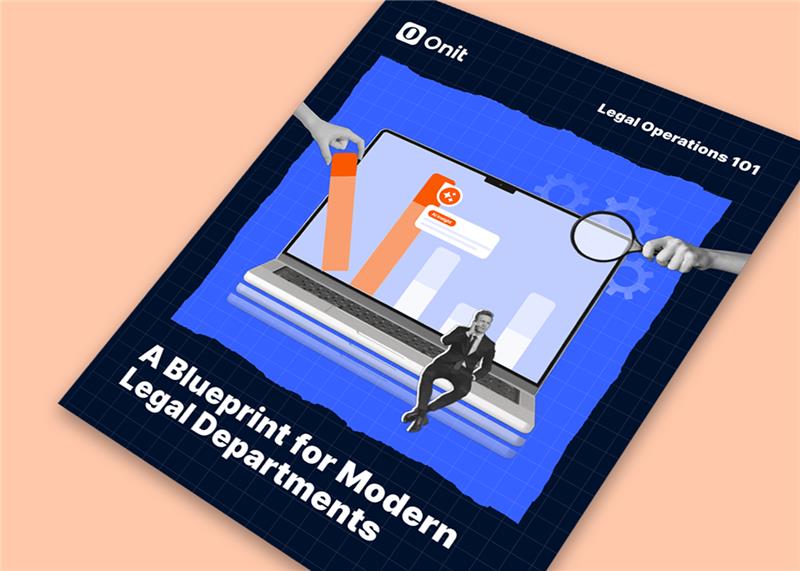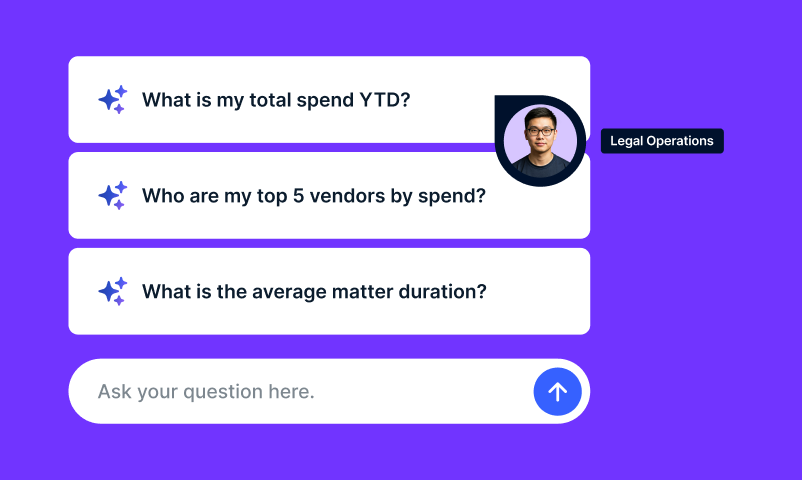
The COVID era has been exceedingly difficult and distressing for people worldwide. We needed to quickly adapt to a new way of living and working that has mostly deprived us of the comfort and familiarity we took for granted. Almost overnight, we had a “new normal” thrust upon us, and we had no choice but to embrace it to save lives.
Our way of life has never been such a rapid global shift. One of the most striking changes has been in how we work. Long commutes and distracting office work are now distant memories. We are now a remote-first workforce. Research has shown that we quite like our new working arrangement, with more than half of workers saying they want to continue working from home after the pandemic has eventually eased.
COVID-19 has not only led to people working from home, but it has also led to them working at different times and in different locations. With schools and support provisions shut, many people needed help to juggle work and home-schooling, caring for family members, volunteering, or other commitments. This led to an unavoidable rearranging of the working day, starting earlier or working in the evenings and weekends to keep up. But with this flexibility came an advantage to work to patterns that maximize individuals’ productivity, rather than being forced to work traditional business hours. When not in lockdown, workers are also choosing to work elsewhere. Between lockdowns, we have had colleagues working remotely from Cornwall, Poland, and Dubai. This all means much of the workforce is working on a different time, different place basis.
This new work-from-home revolution will have enormous impacts on many industries, but what does it mean for legal, and more specifically, how will technology play a role? We are not clairvoyant, but here are five legal tech trends we think we will see over the coming months and years because of the pandemic.
1) ASYNCHRONOUS WORKING
Lawyers must embrace asynchronous collaboration and communication tools to facilitate productive working across teams. While many lawyers have quickly adopted synchronous tools to support remote working in lockdown (e.g., video calls and instant messaging), many have not yet adopted asynchronous platforms for genuine project management. We will see more lawyers experimenting with team collaboration tools like Confluence or Notion and project management tools like Jira, Trello, Asana, and Monday. We may even see lawyers adopting Agile ceremonies like sprint planning and daily stand-ups.
This trend will also accelerate the creation of next-generation matter management tools, evolving from systems of record to full systems of engagement and collaboration. It will not just be productivity tools; there will also be a rise in the use of asynchronous learning platforms to ensure remote workers have access to learning and development at a time that best suits their working pattern.
2) KNOWLEDGE MANAGEMENT, SHARING AND ACCESS
Quick and timely access to legal know-how is critical to a remote team’s mutual knowledge and everyone’s performance. Remote workers can no longer walk across the office to ask a colleague for help and guidance. Calls and instant messaging do not necessarily help since people are already fighting digital distractions and may not be online when guidance is required. Asynchronous collaboration tools help by enabling know-how to be captured and shared – but we will see greater adoption of knowledge management solutions that allow team members to easily access knowledge whenever and wherever they are.
This is where we see AI tools developed to simplify knowledge discovery, connect, and structure know-how from different sources, keep knowledge up-to-date, and deliver it in context within workflows. Search functionality (not always seen as that exciting) will also become one of the most important tools in a remote worker’s arsenal. For this reason, we will also see the growth of solutions that help to centralize data to streamline and optimize the search experience. However, while the search returns results, it only sometimes delivers specific answers. We are also likely to see the maturing and broader adoption of chatbots and decision automation tools that help provide direct answers alongside the underlying sources.
3) LEGAL GIG ECONOMY
Flexible resourcing isn’t necessarily new in legal – LOD (Lawyers on Demand), Axiom, Peerpoint, and Vario have been doing it for some time. However, large numbers of employees “going remote” during the pandemic have given organizations a better idea of what a remote workforce can achieve.
Surveys have consistently shown employee productivity is high during the pandemic. Organizations are therefore accelerating their move towards a leaner operating model, bringing in temporary, freelance resources for specific legal tasks or projects as and when needed. This delivers a much more cost-efficient approach and enables businesses to tap into a dispersed talent pool. While demand will grow, so will supply as lawyers and paralegals look to capitalize on the flexibility of remote working to build portfolio careers or find a better work-life balance.
We will see significant growth in online flexible resourcing platforms that help connect organizations to an army of remote lawyers and paralegals looking to take advantage of the new normal. These platforms will either be “catch-all” – covering all legal resources – or niche, focusing on connecting businesses with legal experts in particular fields.
4) EMPLOYEE MONITORING TO SUPPORT LEGAL OPERATIONS
One benefit of office work is that managers can see what their teams are doing, how they are working, and whether team members are struggling. This is more difficult when managing remote teams. Therefore, organizations need to find ways to measure employees’ productivity and working patterns and highlight any potential issues.
However, it is about ensuring performance meets standards and providing employee well-being. “Technostress” has been highlighted as a significant problem for many people working remotely, and managers must look for the warning signs. They will also need to ensure they are still identifying training and support needs and calling out inappropriate behavior (bullying, discrimination, sexual harassment, etc.), which can increase in remote environments.
While many lawyers are familiar with recording and accounting for their time, not having to do this is one of the main reasons they enjoy working in-house over private practice! Nevertheless, we expect to see more law firms and corporate legal teams invest in digital, online employee-monitoring systems to help maintain productivity, ensure well-being, and increase transparency, essential metrics for effective legal operations. We may also see existing legal tech platforms add employee-monitoring tools as an option so that employers can track team behavior, e.g., tracking active/inactive status, monitoring page activity within the tool, etc. One way to avoid replicating law firm time recording or overly authoritarian monitoring is to track behavior for limited periods at intervals rather than an “always-on” approach.
We may also see a different kind of monitoring, one focused less on the output and more on outcomes. As teams shift to project management software, they will likely begin to track performance against OKRs and KPIs. This is a good way of ensuring performance without being too overbearing. Ultimately, we’ll see organizations and teams adopt a mixture of tools to help them maintain performance and deliver desired outcomes when working remotely.
5) FROM LEGAL PLATFORM TO ENTERPRISE INTEROPERABILITY
The most striking workplace effect of the pandemic is the accelerated and standardized adoption of digital productivity and collaboration tools. While many in-house legal teams and their firms were using video conferencing and instant messaging tools like Zoom, Google Meet, and Slack, many were still in the stone age regarding remote collaboration and communication tools. But that all changed when COVID-19 struck. Microsoft Teams saw its active users skyrocket 160% from 44 million in March 2020 to 115 million in November of the same year. Slack and Zoom have seen similar explosions in adoption. These tools have become the common language of remote working.
Legal technology vendors of all sizes will need to re-evaluate their strategy and move away from trying to drive users to their unique platforms and ecosystems. Instead, they will need to find ways to offer value in the systems where users prefer to work. This means a greater focus on plug-ins, integrations, and open APIs. It may even mean deconstructing existing products to embed functionality and extend tools such as Microsoft Teams.
HAS LEGAL TRANSFORMATION FINALLY ARRIVED?
The obvious theme that ties all the above is that technology will be essential to facilitate workers and their organizations transitioning to the new remote, distributed model (both inside and outside the legal domain). Technology is pushing at an open door for once – employees and employers cannot adopt digital productivity, collaboration, and communication tools quickly enough.
We are still in the infancy of the remote working tech revolution, so only time will tell whether the above predictions happen. Whatever happens, COVID-19 has changed the game for remote working. Remote-first will be the trend of the 2020s, and legal technology vendors should be making this a core component of their product and customer success strategies if they do not want to be left behind.
Request a demo of eBilling.space today.














